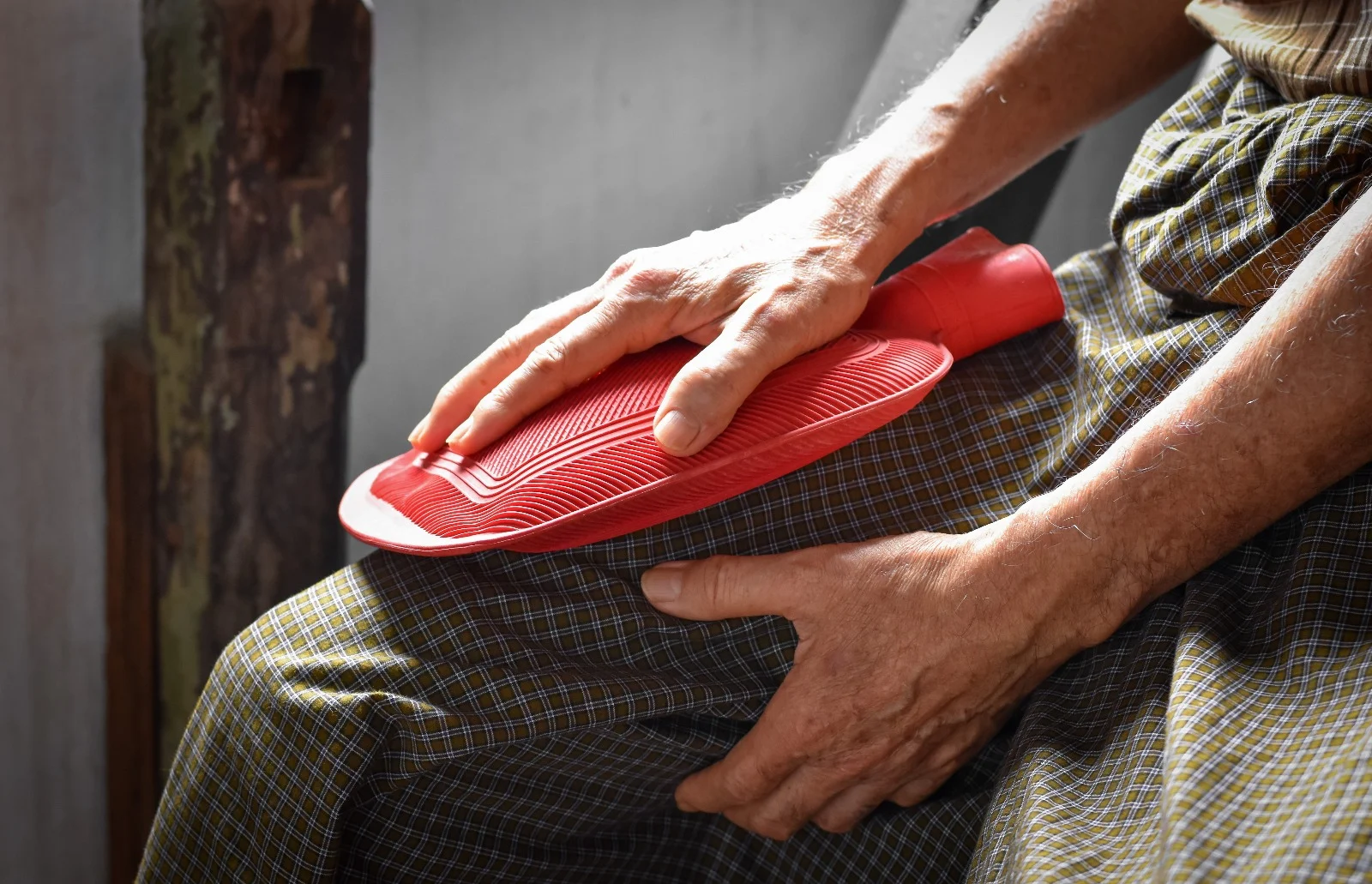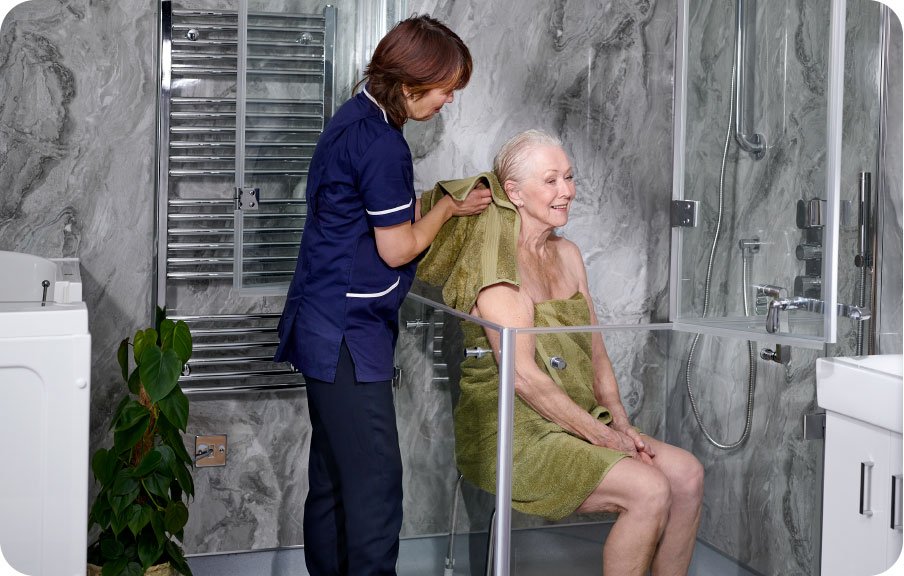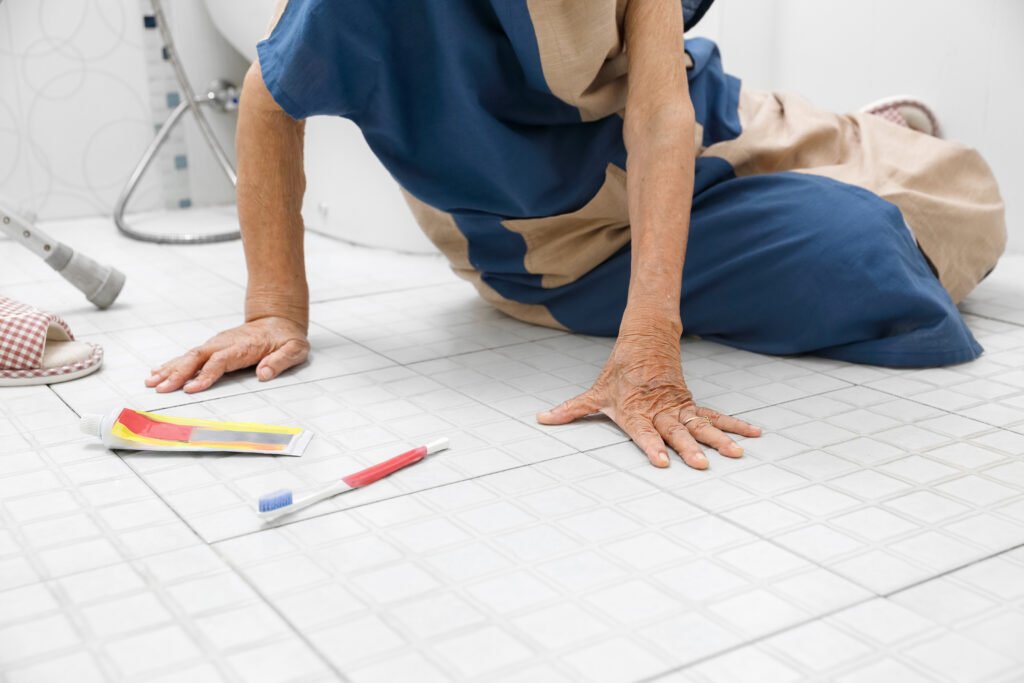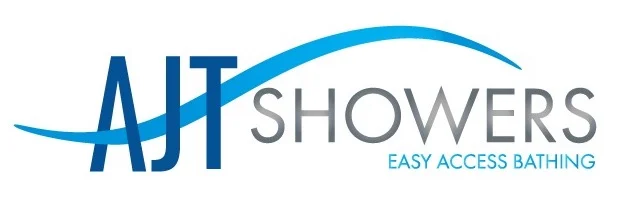8 Ways to Naturally Relieve Pain

This article gives you information on ways to ease pain with natural remedies. Whilst everyday treatments for pain include common medications like Paracetamol and Ibuprofen, it seems that other ways to ease pain naturally are often ignored.
Whilst natural remedies can help aid pain relief, making changes to a person’s home and lifestyle can also help reduce pain and stress on the body.
Did you know?
Chronic pain affects more than two-fifths of the UK population, meaning that around 28 million adults are living with pain that has lasted for three months or longer, leaving many living with chronic pain that is either moderately or severely disabling.
Home Adaptations
Ideas for making changes to your home could include ramps or stairlifts, adjusting the height of furniture and appliances, and using assistive devices such as mobile alarms and sensors to support independent living. Adapting your home can help improve your ability to move around safely and comfortably, which can lessen the risk of falls and injuries in the home and reduce the need for assistance from others.
Some suggestions for your bathroom could include…
1. Change your bath to a walk-in bath.
2. Add a raised toilet seat.
3. Attach grab rails near the bath, shower or toilet making it easier to lift and lower yourself.
4. Install a walk-in shower or shower chair for ease.
5. Upgrade doorways and lighting.
6. Consider useful hygiene aids such as long-handled body washers and foot scrubber mats.
7. Make the space accessible and remove any rugs and clutter to avoid the risk of injuries.
8. Installing anti-slip safety flooring.
Whilst making these adaptations to your bathroom is beneficial for your individual needs, it is also important to consider whether the rest of your home suits your specific requirements. `Which Trusted Trader` has produced additional information related to assistive technology to support you or a loved one with accessing key features to consider when shopping around.
Which Telecare Advice
Hot and Cold Therapy
Hot and cold therapy are two common methods for promoting healing and easing pain in different parts of the body. Hot therapy, also known as thermotherapy, involves the application of heat to the affected area. This can be done through the use of hot packs, warm towels, or heating pads to reduce inflammation and promote healing. Cold therapy, also known as cryotherapy, involves the application of cold to the affected area. This can be done through the use of ice packs or cold compresses. Cold therapy is particularly effective for treating acute injuries such as sprains, strains, or bruises. Here are some of the specific benefits of hot and cold therapy.
Benefits of hot therapy:
1. Increases blood flow and circulation to the affected area.
2. Relaxes muscles and reduces muscle spasms.
3. Reduces stiffness and improves flexibility.
4. Relieves pain and discomfort associated with arthritis, fibromyalgia, and other chronic conditions.
5. Promotes healing of muscle, joint, and soft tissue injuries.
Benefits of cold therapy:
1. Reduces inflammation and swelling.
2. Numbs the affected area, providing pain relief.
3. Slows down the metabolic rate of cells, reducing tissue damage and promoting healing.
4. Reduces muscle spasms and stiffness.
5. Can be used to support the treatment of acute injuries such as sprains, strains, or bruises.
All of the walk-in baths that are supplied by AJT Showers can support Thermotherapy and Cryotherapy on request, other options include Hydrotherapy which is also known as a spa bath that makes use of water jets, and Chromotherapy also known as `colour therapy`, which focuses on applying different colours or lights in your bath to target and treat specific conditions including depression, anxiety, stress, fatigue, cramps and many other conditions.
Food, Drink and Maintaining a Healthy Weight
Eating a balanced diet can help to reduce inflammation and improve overall health. Exercise releases endorphins, which are natural painkillers that can also help reduce pain. There are many benefits to using food, drink, and exercise as natural ways to relieve pain.
Here are some of the ways in which they can help:
Food:
Certain foods have anti-inflammatory properties that can help reduce pain and inflammation in the body. For example, foods rich in omega-3 fatty acids, such as fish, nuts, and seeds, can help reduce joint pain and stiffness in conditions like arthritis as well as improve brain function. Ginger, turmeric, and other spices also have anti-inflammatory effects and can be used to alleviate pain. A diet that includes plenty of fruits, vegetables, and whole grains can help maintain a healthy weight, which can reduce pressure on joints and relieve pain.
Drink:
Staying hydrated is important for overall health and can also help reduce pain. Drinking water can help flush toxins from the body, which can contribute to reducing pain and inflammation. Herbal teas like chamomile, ginger, and peppermint can also have pain-relieving effects. Additionally, drinking tart cherry juice has been shown to reduce muscle pain and soreness after exercise.
Exercise:
Regular exercise can help strengthen muscles, improve flexibility, and reduce pain. Low-impact exercises like walking, cycling, and swimming can be particularly helpful for people with chronic pain, as they can help increase blood flow and reduce inflammation without putting too much stress on the body. Stretching and yoga can also help improve flexibility and reduce muscle tension, which can alleviate pain. Making these changes to your routine can help relieve pain naturally and improve your overall health and well-being. Additional guidance on the NHS website for various exercises could help with deciding what is best for you.
NHS Exercise Guide
Physical Therapy
Physical therapy involves physical techniques to strengthen and stretch the muscles and joints. Therapeutic exercise can have long-term benefits for chronic pain, techniques may involve massage, exercise plans, red-light therapy and acupuncture which naturally reduces the impact of pain and discomfort for people living with arthritis.
Here are some of the benefits of physical therapy.
1. Pain Reduction: Physical therapy can help reduce chronic pain. Therapeutic exercises and can help reduce pain, swelling, and inflammation.
2. Improved Flexibility and Range of Motion: Chronic pain can limit your mobility and flexibility. Physical therapy can help you regain your range of motion, which can help reduce pain.
3. Strengthening Muscles: Strengthening the muscles around the affected area can help reduce chronic pain and help you build strength.
4. Decreased Dependence on Medication: This is particularly important for those who are concerned about the long-term side effects of pain medication.
5. Improved Quality of Life: Chronic pain can significantly impact your quality of life. Physical therapy can help you regain your independence, reduce your pain, and improve your overall well-being.
6. Individualised Treatment Plan: Physical therapy offers an individualised treatment plan tailored to the specific needs of each person. This ensures that individuals receive the treatment that is best suited to their unique situation.
7. Prevention of Future Injuries: Physical therapy can help prevent future injuries by improving posture, balance, and coordination.
Use of Herbal Remedies and Essential Oils
Herbal remedies and essential oils have been used for centuries to alleviate various types of pain, including chronic pain. Here are some examples of herbs and essential oils that have been used for chronic pain.
1. Turmeric: Turmeric is a spice commonly used in Indian and Middle Eastern cuisine. It contains anti-inflammatory properties that can help reduce pain and inflammation.
2. Ginger: Ginger is another spice with anti-inflammatory properties. It has been shown to reduce pain in people with osteoarthritis and other chronic pain conditions.
3. Willow bark: Willow bark is a natural source of salicylates, which are similar to the active ingredient in aspirin. It has been used for centuries to relieve pain and inflammation.
4. Lavender essential oil: Lavender essential oil has a calming effect that can help reduce stress and anxiety, which can exacerbate chronic pain. It also has anti-inflammatory and analgesic properties.
5. Peppermint essential oil: Peppermint essential oil contains menthol, which has a cooling effect that can help reduce pain and inflammation. It has been shown to be effective in relieving pain associated with tension headaches and menstrual cramps.
6. Eucalyptus essential oil: Eucalyptus essential oil has anti-inflammatory and analgesic properties. It can help reduce pain and inflammation associated with conditions such as rheumatoid arthritis and fibromyalgia.
It’s important to note that herbal remedies and essential oils should be used with caution and under the guidance of a healthcare professional, especially if you are taking any medications or have underlying health conditions.
Meditation, Deep Breathing and Relaxation Techniques
Meditation, deep breathing, and relaxation techniques can be helpful in managing chronic pain. These practices can help reduce stress, anxiety, and depression, which are common contributors to chronic pain. Here are some techniques that you can try:
1. Mindfulness meditation: This involves focusing your attention on your breath, body sensations, or thoughts without judgment. Mindfulness meditation has been shown to reduce pain intensity, improve mood, and enhance quality of life in people with chronic pain.
2. Progressive muscle relaxation: This technique involves tensing and then relaxing different muscle groups in your body to reduce tension and promote relaxation. You can start with your feet and work your way up to your head.
3. Diaphragmatic breathing: This involves breathing deeply and slowly, allowing your belly to expand with each inhale and contract with each exhale. This type of breathing can help reduce stress and anxiety, which can worsen chronic pain.
4. Visualisation: This technique involves creating mental images that promote relaxation and reduce pain. For example, you could imagine a peaceful scene, such as a beach or forest, and focus on the sensations associated with that image.
5. Tai chi: This is an exercise therapy involving slow, continuous body movements combined with breathing and relaxation techniques. The method is also gentle on the joints and muscles. Tai chi can improve strength and joint stability, and the concentration it requires can improve a person’s mood.
6. Yoga: This is a physical and mental practice that combines postures, breathing techniques, and meditation. Yoga has been shown to reduce pain, improve mood, and enhance the quality of life in people with chronic pain. The below video shows some ideas for how to get started with low-intensity chair yoga.
Video on Gentle Chair Yoga for Beginners and Seniors
Massages
Massages can be a useful complementary treatment for chronic pain conditions. A licensed massage therapist can work with you to develop a treatment plan that’s tailored to your specific needs and can help you manage your chronic pain.
Here are some types of massages that may be beneficial for chronic pain:
1. Swedish Massage: This massage can help to improve circulation and decrease muscle tension, which can be helpful for chronic pain.
2. Deep Tissue Massage: This massage can help to alleviate chronic muscle tension.
3. Trigger Point Massage: This massage focuses on specific areas of muscle that are tight or painful, called trigger points, applying pressure to these points to release tension and reduce pain.
4. Shiatsu Massage: This Japanese massage technique involves using pressure and stretching to stimulate the body’s natural healing abilities. It can be helpful for chronic pain conditions, such as fibromyalgia and arthritis.
5. Myofascial Release Massage: This massage targets the fascia, which is the connective tissue that surrounds muscles and organs. They will use gentle pressure to stretch and release the fascia, which can help to alleviate pain and improve range of motion.
Getting Enough Sleep Getting adequate sleep can certainly help relieve chronic pain, as sleep is essential for the body’s natural healing process. Chronic pain can make it difficult to get a good night’s rest, which can then exacerbate the pain and create a vicious cycle.
Here are some ways to improve sleep to help relieve chronic pain:
1. Establish a regular sleep schedule: Go to bed and wake up at the same time every day, even on weekends.
2. Create a relaxing sleep environment: Ensure that your bedroom is cool, dark, and quiet. Use comfortable pillows and mattresses that provide good support.
3. Practice relaxation techniques: Deep breathing, progressive muscle relaxation, and visualisation exercises can help you fall asleep faster and stay asleep longer.
4. Exercise regularly: Exercise can help reduce pain and improve sleep quality. However, be sure to avoid vigorous exercise too close to bedtime.
5. Avoid caffeine, alcohol, and nicotine: These substances can interfere with sleep and increase pain sensitivity.
6. Manage stress: Stress can exacerbate chronic pain and disrupt sleep. Find healthy ways to manage stress, such as meditation, yoga, or talking to a therapist.
By taking these steps within this article to improve your lifestyle, you can help alleviate chronic pain and improve your overall well-being. However, it’s important to note that these therapies should not be used in all cases, and it’s always best to consult with a healthcare professional before starting any new treatment to develop a comprehensive plan for managing chronic pain.
If you would like to hear more information regarding what we offer to support these changes to your bathing facilities, please discuss this further with your AJT Showers advisor.
AJT Showers LTD
Author: Danielle

October 20, 2025
How Much Can an Accessible Bathroom Cost? Creating an accessible...

October 7, 2025
Creating a bathroom that feels safe, practical, and inviting doesn’t...

September 15, 2025
For many of us, home is where we feel most...

August 31, 2025
If you’ve ever felt that familiar ache after a day...
Get In Touch
Opening hours
Monday - Friday 9:00am - 5:00pm
Saturday Appointment Only
Sunday Closed
Give us a call
0800 001 6649Send us an email
enquiries@ajtshowersltd.co.ukVisit our showroom
Unit C3, Riverside Industrial Estate,
Bridge Road, Littlehampton, BN17 5DF
How can we help?


